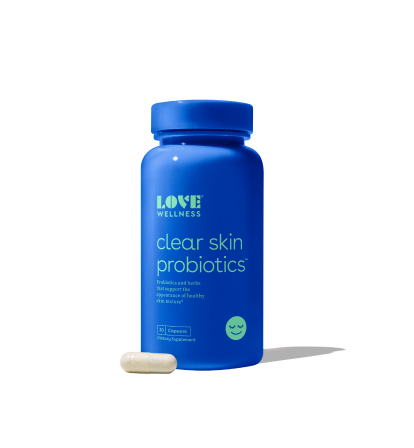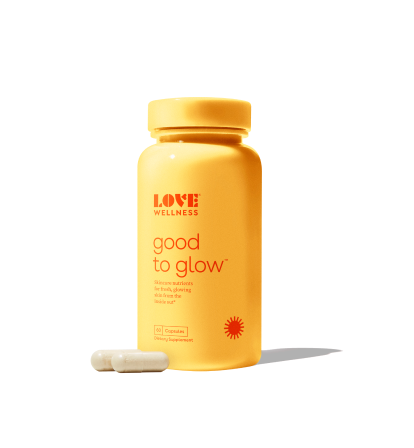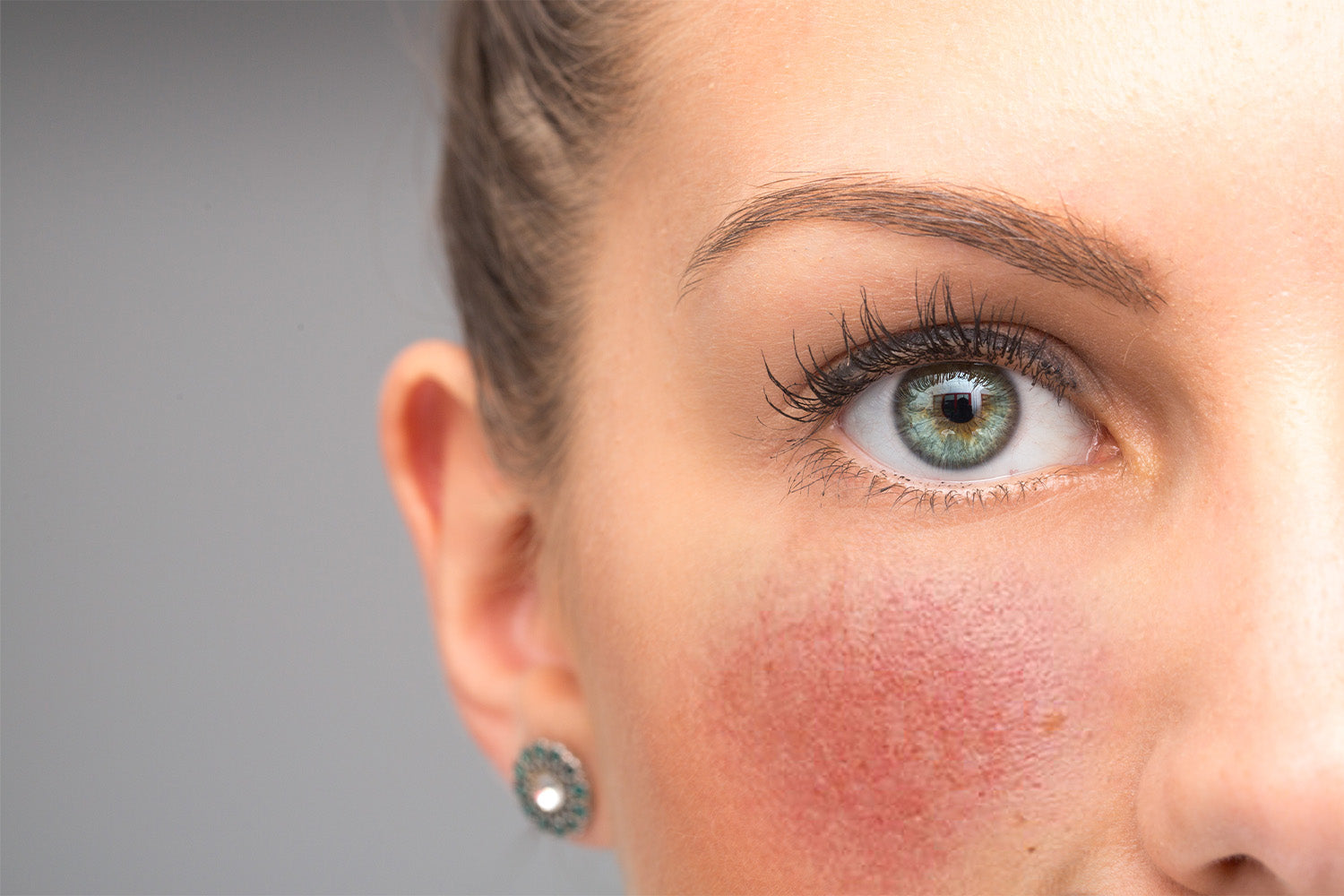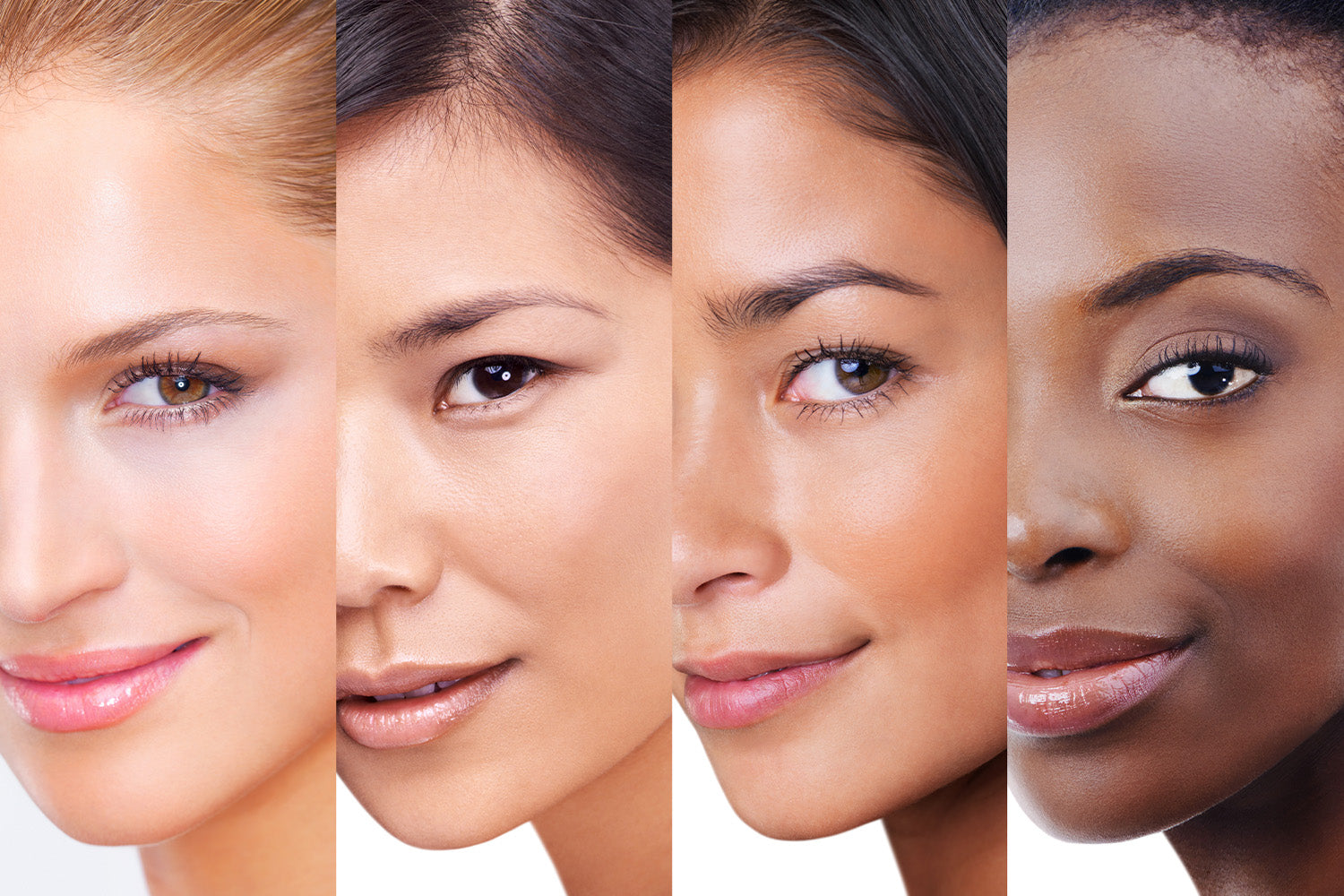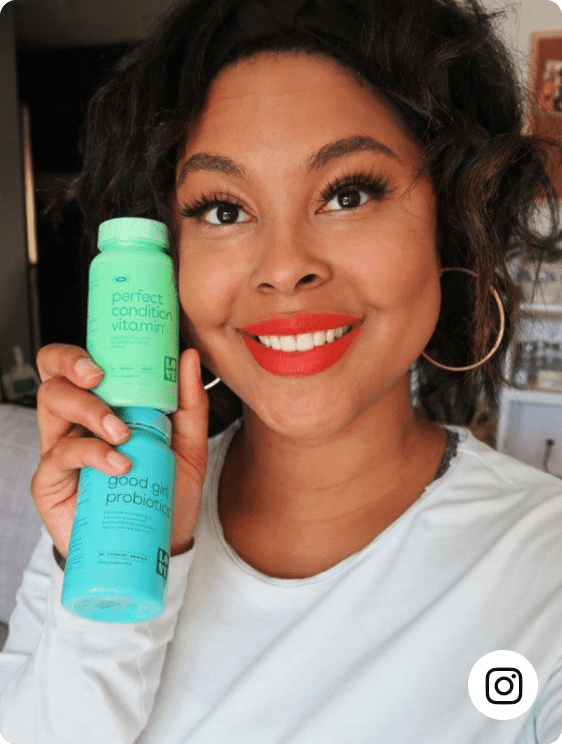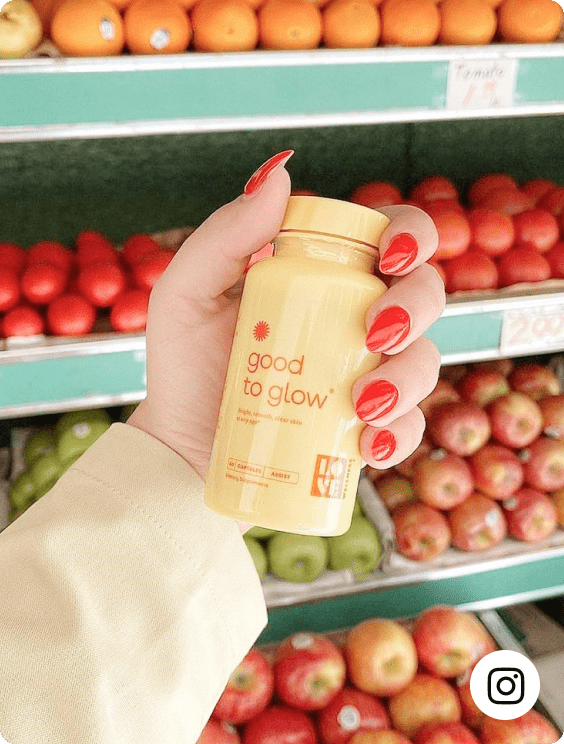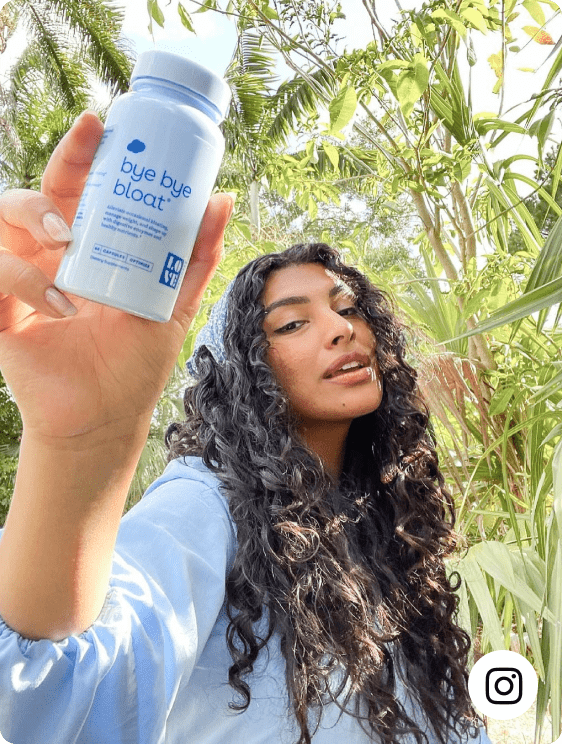If you’re one of the 50 million Americans struggling with skin woes each year, you may turn to an arsenal of beauty products to try and enhance your complexion.
But did you know that some ingredients — often found in comedogenic products like lotions, face creams, sunscreen, and make-up — could be making your skin worse? We know *gasp*
You could have a strict skin care regimen, exfoliate on the reg, and never let dirty fingers anywhere near your face, but if your skin comes into contact with certain ingredients, it doesn’t matter how hard you work to achieve a flawless complexion — it just won’t happen.
So, if your skin is less than pore-fect or if breakouts seem to be a normal thing for you despite your best efforts, it’s time to take a closer look at what you’re putting on your face every day.
Read on to get the lowdown on clogged pores and the top complexion killers that are best avoided.
What Are Pores?
Before diving into clogged pores, let’s first start with the basics — what exactly are pores, and why do we have them?
Simply put, pores are itty-bitty openings in the skin that help gases and liquids move through the surface. You see, the middle layer of your skin — the dermis — contains sweat glands that (surprise, surprise) produce sweat.
These sweat glands play a major role in many necessary functions, like regulating body temp and eliminating waste. But to do these things sufficiently, you need to have pores. Why? Because pores allow trapped sweat from the dermis to exit the body — that’s why.
That said, there are different types of pores, but most of the ones that live on your face are the opening of hair follicles — hence, why you may notice tiny hairs sticking out of them!
Sebaceous glands secrete sebum (your body’s natural oils) which travels up through the hair follicle and out the pore to help keep the skin naturally moisturized.
So, What Are Clogged Pores?
Clogged pores are exactly how they sound — pores that are clogged, often with a mixture of sebum and gunk.
While sebum is meant to keep the skin lubricated, it can sometimes mix with the wrong stuff (think: dead skin, bacteria, environmental debris), which can quickly lead to the appearance of congested skin.
What Are the Signs and Symptoms of Congested Skin?
When dealing with unruly pores and a congested complexion, the skin tends to appear visibly distressed, especially around the t-zone, which is the middle of your forehead, nose, inner cheek area, and chin.
Think your skin might be congested? More often than not, people tend to notice clogged pores only when they lead to one of the following skin complaints:
- Blackheads (aka open comedones): When skin debris — or keratin — mixes with sebum, a pore can become clogged. What makes blackheads unique is that the pore is open to the air at the surface of the skin.
- Whiteheads (aka closed comedones): These less than favorable spots are similar to blackheads, but instead of being open to the air, the pore is closed off by a layer of skin. This happens when sebum and skin cells prevent a clogged hair follicle from opening.
- Pimples: A lot of dirt, dead skin, bacteria, and oil inside a pore can lead to redness, inflammation, and swelling. Pimples are also called papules, but if they contain pus, they’re pustules.
- Nodules: If you’re dealing with an especially clogged pore, you may experience some swelling, pain, and irritation deep in the skin. Nodules start below the skin’s surface and appear as sore, red bumps. If a nodule contains pus, it’s called a cyst.
If blackheads, whiteheads, and pesky pimples weren’t enough, clogged pores could also give you a dull complexion and an uneven texture. Needless to say, keeping your pores clean and clear is essential for dewy, blemish-free skin.
What Causes Congested Skin?
Your pores can become clogged in a wide variety of ways. The most common, however, is when a build-up of dead cells is unable to shed freely from the skin. This can lead to your pores being unable to release sweat and oils properly, ultimately causing them to clog.
Other possible causes include:
- Hormones: Fluctuating hormones can cause an uptick in sebum production, leading to hormonal acne flares and clogged pores. Everyone’s body is different, but common triggers include periods, pregnancy, menopause, polycystic ovarian syndrome (PCOS), and thyroid disease.
- Oil Production: Oily skin can do wonders to keep your skin adequately hydrated, but if it’s not managed, the excess oil can mix with dirt before clogging your pores and leaving you looking greasy.
- Skin Elasticity: As you age, your skin’s natural elasticity tends to decline. This can increase the size of your pores, which may lead to congested skin.
- Pollution: Unfortunately, smog and pollution fill our environment. These icky particles are in the air around us, gradually piling onto our skin. If this grime doesn’t get washed off every night, it can build up and clog pores.
Several ingredients can also lead to congested skin.
Which Ingredients Are Known To Clog Pores?
Fluctuating hormones, toxins in the air, and a poor skincare routine can all be to blame for a congested complexion, but as previously mentioned, certain ingredients can be likely culprits, too.
With this in mind, here are 11 surprising ingredients that you may want to avoid to help keep your pores clean, happy, healthy, and clear:
#1: Alcohol
Different alcohols — like ethanol, isopropyl alcohol, methanol, and denatured alcohol — are often used to cleanse, tone, and provide antibacterial benefits. On the surface, that all sounds A-OK, but there is a downside.
Some alcohols can suck the moisture out of your skin, leading to dryness, irritation, and unwelcomed breakouts.
What’s more, when these harsh ingredients are used in high concentrations, they can deteriorate your skin’s protective barrier, leaving your complexion susceptible to a whole host of skin issues — like clogged pores.
#2: Lauric Acid
If you’re prone to acne and have any products that contain lauric acid, it’s time to throw them away. While it is true that lauric acid is coveted for its incredible cleansing properties (which is why it’s commonly found in acne treatments), it’s very comedogenic — which means it can clog pores.
#3: Coconut Oil
Whether you’re hoping to boost your metabolism, repair damaged hair, or improve your dental health, coconut oil just might be able to help. But when it comes to cleansing your skin, this purported superfood is best avoided.
Like lauric acid, coconut oil is highly comedogenic and has a high chance of causing breakouts, blackheads, or whiteheads. So if you have acne-prone, sensitive, or oily skin, skip this ingredient.
#4: Stearic Acid
This surprising ingredient is found in some fancy-schmancy foundations and creams, but you might want to save your money. Even though it’s rated relatively low on the comedogenic scale, stearic acid still has the potential for pore-clogging.
#5: Lemon
There’s nothing we love more than natural skincare, but if someone suggests using lemon to help dry out acne and lighten scars — we suggest that you *politely* not take their advice. Why?
Because lemon is highly acidic and applying it directly to your face can alter your skin’s natural pH level. And when the delicate balance of the skin’s microbiome is disrupted, dryness and irritation are sure to follow suit.
Instead of rubbing a lemon all over your face, consider squeezing some of the fruit juice into a cold glass of H2O and drinking it daily. The healthy dose of antioxidants in lemons can help keep your skin healthy from the inside out.
#6: Silicones and Mineral Oils
Silicones and mineral oils are super common in mainstream sunscreen products, but using them is basically like wrapping your skin up in plastic wrap.
When applied to your face, these ingredients create an impenetrable shield on the skin’s surface — which is great to keep harmful UV rays out but not so great for the sweat, bacteria, and oil trapped inside the pores.
#7: Synthetic Emollients
Synthetic emollients — including petrochemical- and oleochemical-derived ingredients — are particularly heavy, oil-rich products notorious for clogging pores, inducing allergies, irritating the skin, and blocking hair follicles.
Additionally, excessive use of these ingredients can aggravate acne or even cause a not-so-pleasant rash known as perioral dermatitis.
#8: Isopropyl Myristate
One of the worst offenders is none other than isopropyl myristate.
This penetrating oil gives cosmetics a silky-smooth application and sheer feel, but the same properties that give it those desired benefits make it bad for your complexion. It’s highly comedogenic and enhances absorption of other chemicals — a winning recipe for acne flares and clogged pores.
#9: Acetylated Lanolin
A natural ingredient produced by sheep’s skin to keep their wool nice and soft, lanolin is a popular ingredient commonly found in cosmetics and skincare products to provide softness and moisturization. But like many other ingredients on this list — it’s super comedogenic.
#10: Plankton Extract
This sneaky ingredient may show up as algae extract or carrageenan, and while it *might* balance oil production, it can be comedogenic — so if you want to steer clear of blackheads and whiteheads, you may want to skip this one.
#11: Parabens
A group of chemicals widely used as artificial preservatives in skincare products and cosmetics, parabens have been around since the early 1900s, but just because they’ve been alive longer than you, that doesn’t necessarily mean that they’re good.
In fact, recent studies suggest that these icky ingredients can disrupt hormones in the body and even harm reproductive organs, affect birth outcomes, reduce the risk of fertility and increase the risk of certain diseases.
They can also cause skin irritation and clog pores. So if you want to do your body a favor — always say NO to parabens. Period.
Any Tips To Prevent Congested Skin?
In addition to steering clear of the ingredients listed above, consider these tips to help prevent clogged pores:
Tip #1: Stick With Non-Comedogenic Products
When shopping for beauty products, look for labels that say “oil-free” and “noncomedogenic.” This technical term basically means “won’t clog pores.”
However, sometimes, even though a product states that it’s non-comedogenic, it might still contain pore-clogging ingredients (like stearic acid and alcohol).
Tip #2: Take a Probiotic
Give your skin’s microbiome the support it needs to thrive with a great probiotic — like Clear Skin Probiotics. Our doctor-developed formula contains clinically tested strains of bacteria that support clear skin.
Simply take one capsule a day to help reduce acne flare-ups and improve pores, redness, and dryness.*
Note: For an extra boost of healthy skin-lovin’ nutrients, we suggest pairing Clear Skin Probiotics with Good to Glow.
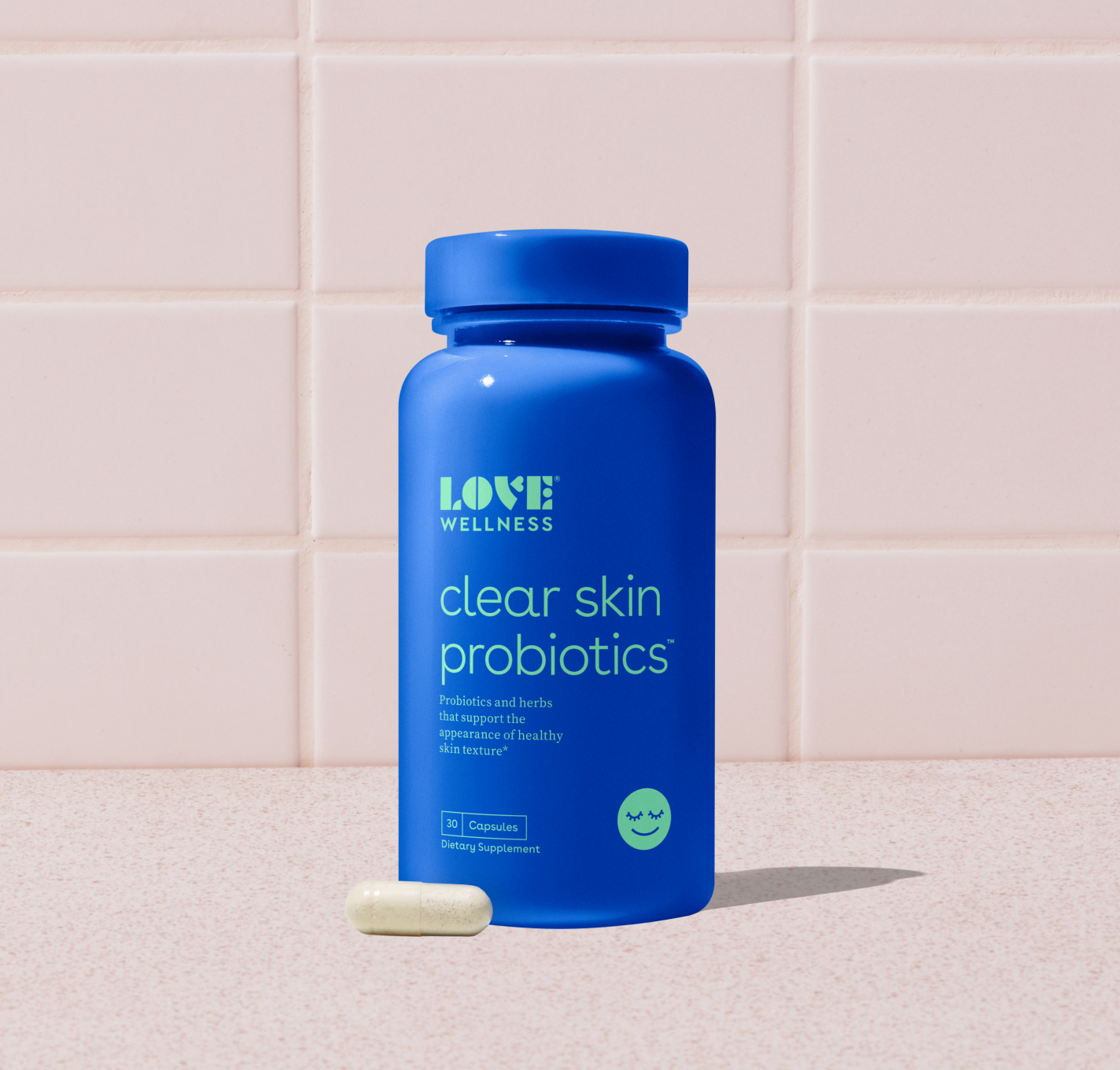
Or 4 interest-free payments with Klarna.
Available for orders above $35. Learn more
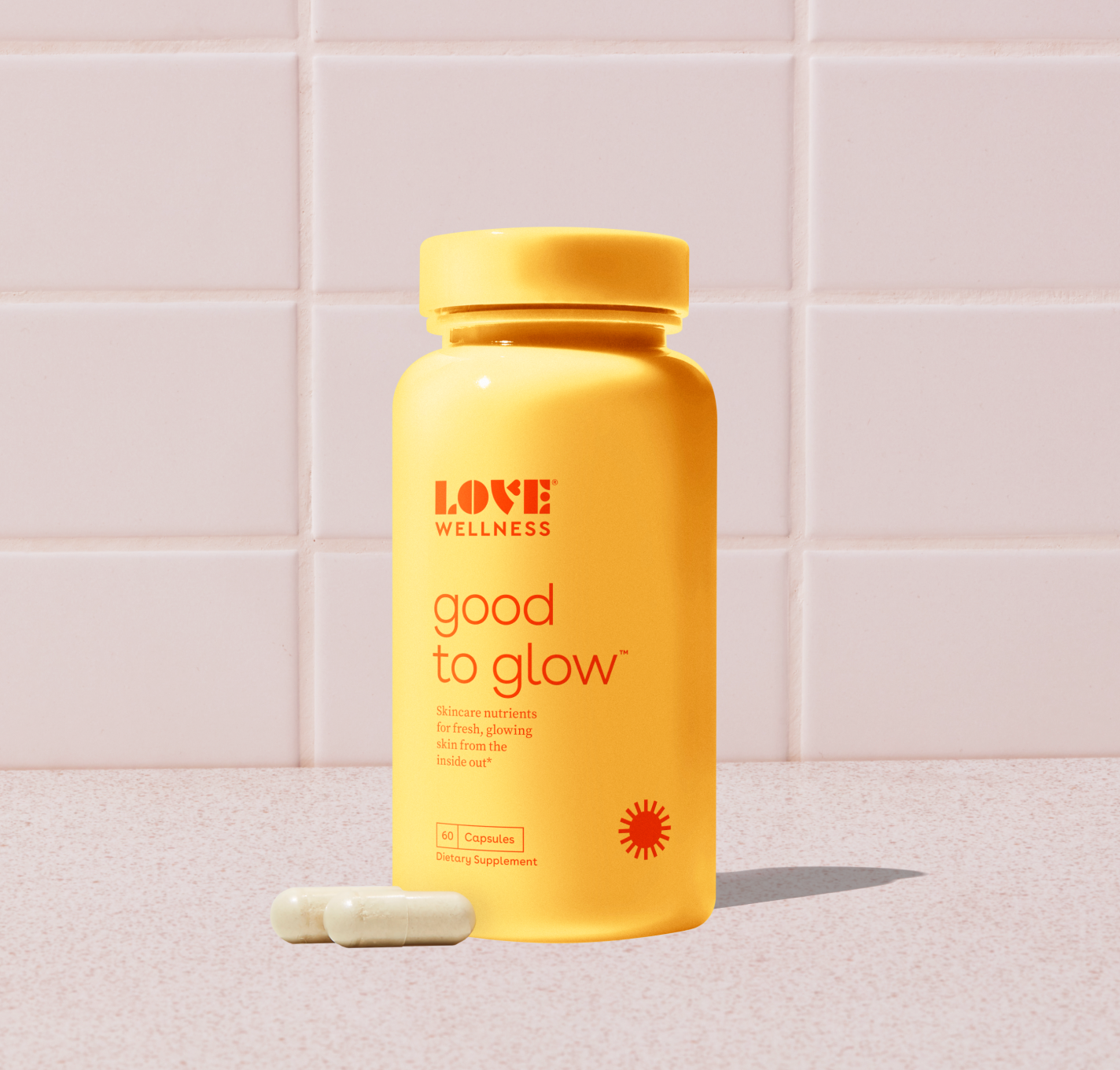
Or 4 interest-free payments with Klarna.
Available for orders above $35. Learn more
Tip #3: Exfoliate
To prevent your complexion from getting congested, be sure to exfoliate your skin to slough off the dead cells, bacteria, dirt, grime, and any other debris that might clog your pores.
Remember that the skin is a very delicate organ— so be sure to scrub gently!
Bottom Line
When dead skin cells, oil, dirt, bacteria, and other impurities congest your skin, clogged pores are sure to follow suit.
While hormone fluctuations, pollution, stress, and excess oil are commonly to blame for congested skin, certain ingredients — like alcohol, benzaldehyde, and lauric acid — are known to clog pores, too.
Here at Love Wellness, we know how frustrating it can be when dealing with less-than-favorable skin. That’s why we’ve created all of our female-friendly products with clinically-tested ingredients that are designed to work for your skin — not against it.
So check us out today and see how we can help you feel good in the skin you’re in!
Sources:
Emollients and moisturizers (moisturisers) | DermNet NZ
Skin conditions by the numbers | AAD
Clogged Pores: What They Are, Causes, Treatment & Prevention | Cleveland Clinic
Hormonal Acne: What Is It, Treatment, Causes & Prevention | Cleveland Clinic
Acne: Treatment, Types, Causes & Prevention | Cleveland Clinic
What Are Parabens, and Why Don't They Belong in Cosmetics? | Environmental Working Group
What Is Mineral Oil, and Is It Safe to Use on Acne-prone Skin? | Acne.org


